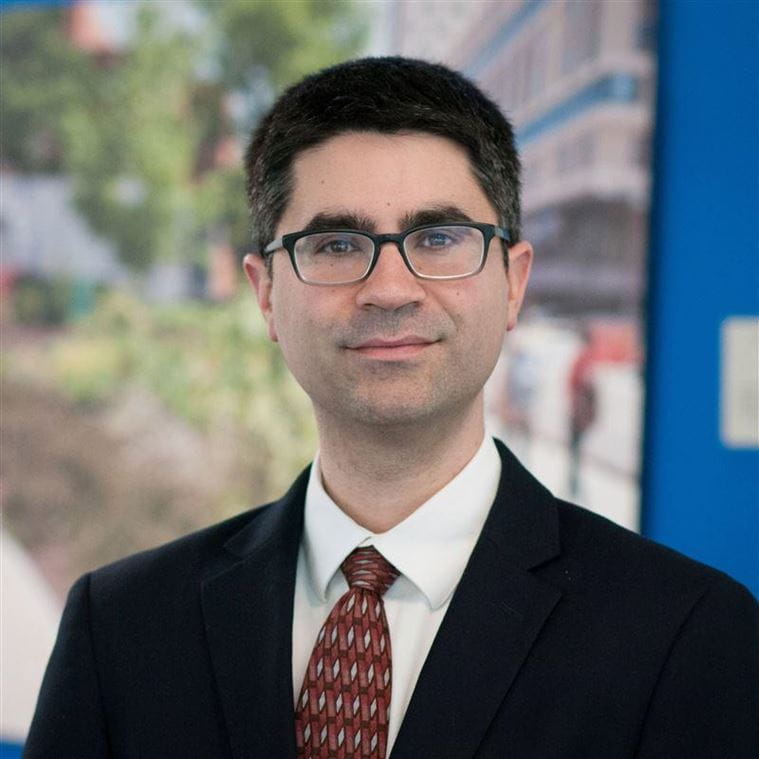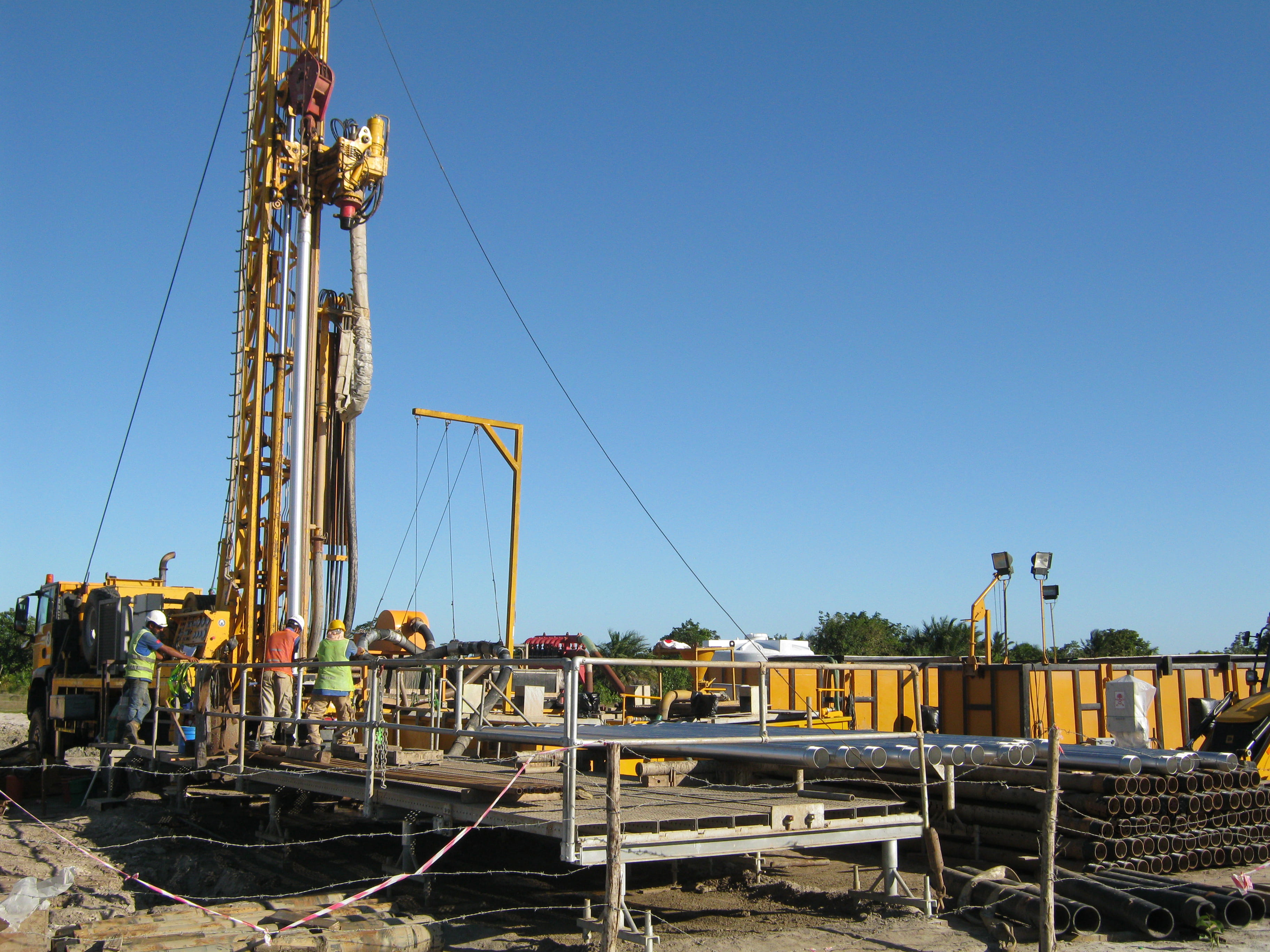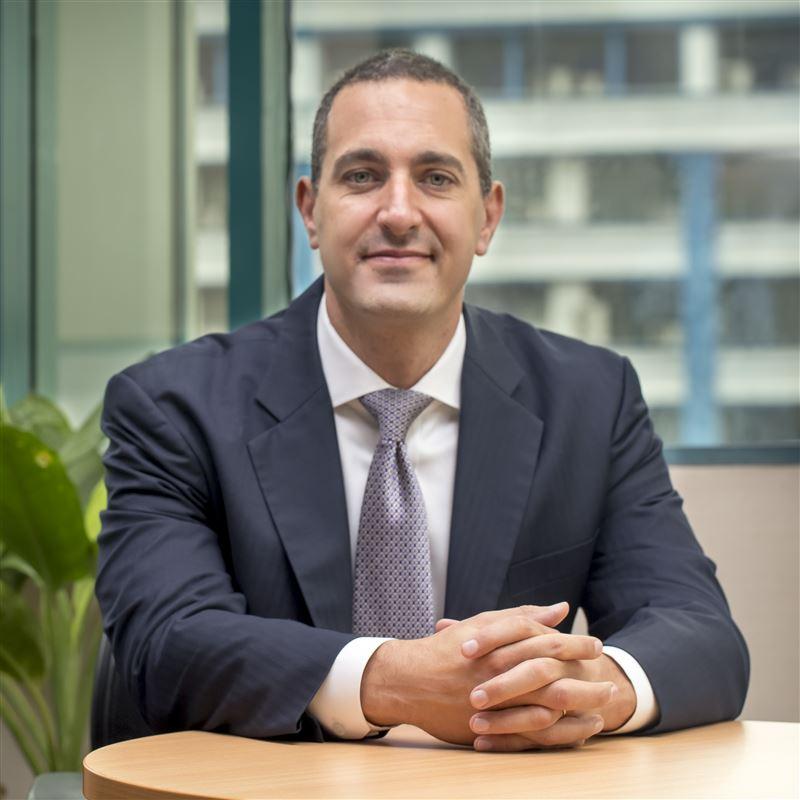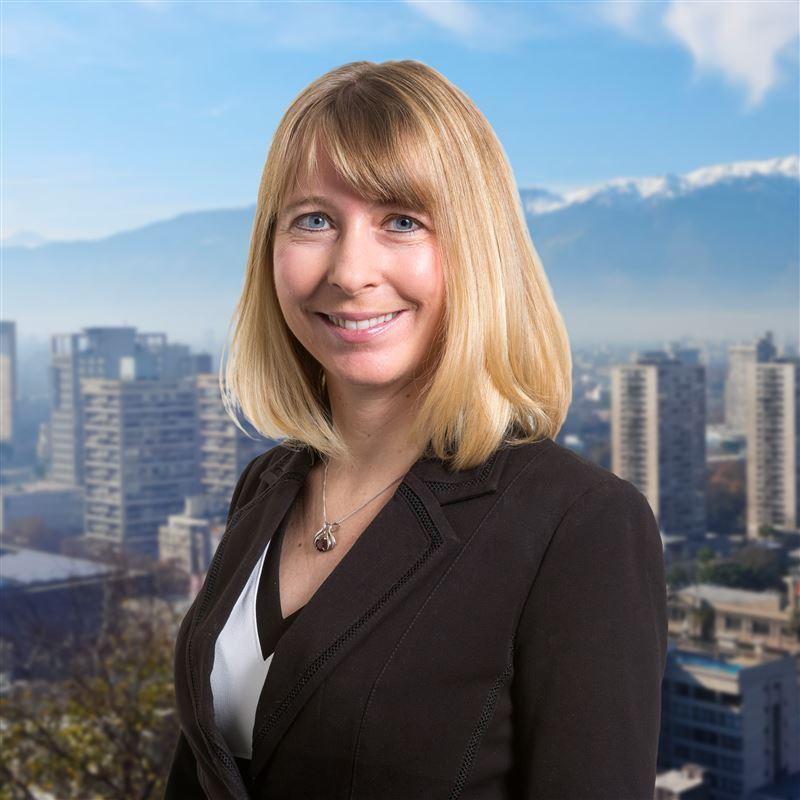Kimbiji Aquifer - A Sustainable Water Source for Millions
Situated on the Indian Ocean in East Africa, the city of Dar es Salaam is the economic engine of Tanzania. With an annual population growth rate of 6%, city planners and public utilities are working to cope with the pressures of urban growth. According to the African Development Bank, Dar es Salaam’s population, currently just above 4 million, is expected to expand by more than 85% through 2025, likely achieving ‘megacity’ status—10 million residents—by the early 2030s. Water authorities are in a constant race to meet rapidly growing demands for clean and affordable sources of new water.
The initial finding of a deep coastal aquifer in 2005 yielded intriguing results about a potentially vast and untapped groundwater resource near the city. Thus, the Kimbiji Aquifer Assessment (KAA) project was initiated, with funding from the Government of Norway and participation of the Ministry of Water and Irrigation, led by the Dar es Salaam Water and Sewerage Authority, and implemented by CDM Smith and implementing partners Ruden AS, Don Consult Ltd., and Cardno Emerging Markets USA Ltd.
The project objective was to delve deeper into the technical questions that arose from the initial discovery—to determine the size of the resource, the amount of water available for sustainable use, and its quality. The resource was deep and untested. The country was hopeful. The opportunity was unique in Tanzania and East Africa.
CDM Smith tendered and supervised the drilling and geophysical logging of seven 600-meter deep wells installed to characterize the geology, perform an aquifer test, and collect groundwater samples. Data from these wells was supplemented by data from two existing exploration wells. CDM Smith created a groundwater model as an investigative tool, drawing upon experience with coastal aquifer studies in the United States and the Middle East, which also extended off shore. Despite being unproven for such deep applications, the CDM Smith team selected a method called reverse circulation mud rotary drilling to complete the boreholes because it was more energy and cost efficient, provided a better borehore for geophysical logging, and was better suited to drilling through deep unconsolidated sediments than the direct circulation method. The reverse circulation method proved to be highly successful despite many challenges during the drilling program.
Ultimately, the project delivered results that will assist regional and national authorities in making informed planning decisions on the scope and cost of infrastructure needs in the coming years. The sustainable aquifer yield could be as high as 250,000 m3/day, providing new and clean water for more than 2 million people in Dar es Salaam and surrounding regions. Such production potential will have a major impact on the city, where consumption currently averages 110 liters per capita per day in urban serviced areas, but is far lower—below the minimum recommended consumption thresholds—in poorer communities and unplanned settlements. In these environments, citizens can ill afford unreliable and polluted water supply from private vendors and hand-dug wells.
Besides increasing the supply of clean water at more affordable prices, the new Kimbiji water source is also expected to contribute to the expansion of water distribution systems into new service areas. Our innovative use of reverse circulation mud drilling may also prove helpful for future well field installation projects and serve other communities. Through our project work, CDM Smith has demonstrated that the Kimbiji aquifer has the potential to change the water dynamic in Dar es Salaam and the surrounding region.

We're proud to bring clean and affordable water to more than 2 million people.













